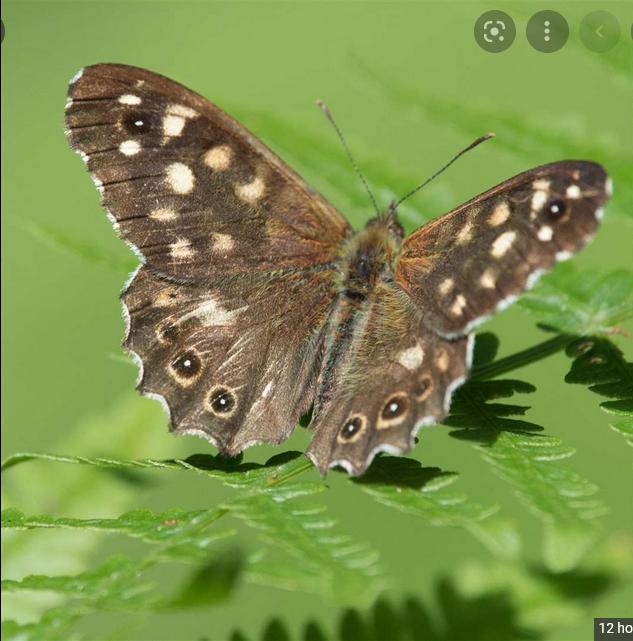Africa-Press – Gambia. We seem to have had two spring seasons this year, writes Rippingale nature columnist Ian Misselbrook.
The glorious weather in late March when temperatures soared to the high teens was really too early. A pair of swallows that I observed on a local nature reserve on March 30 must have struggled to find insect prey as we endured sharp frosts, snow showers and just about every kind of weather nature could throw at us for the first week or so in April.
Then in mid April spring arrived again and on the 12th our garden hosted four species of butterfly, including my first speckled wood of the year, as well as bumblebees and other insects.Before the advent of the pandemic, we often enjoyed a winter break in The Gambia, West Africa. This together with neighbouring Senegal is where some of our Rutland ospreys spend the winter along with other birds that either migrate through our area, such as the whimbrel, or summer with us, such as many of the warblers. Whimbrels are wading birds that look very similar to curlews.
A few nest in the very north of Scotland, but most breed in the arctic tundra along the tree line. I was therefore, delighted to read that a colour ringed whimbrel observed on the washes of the River Nene was ringed in The Gambia in 2017. The only bird observatory (where birds are ringed) is Kartong in The Gambia which is run by an Englishman; Colin Cross and his Gambian wife Binta. We have spent many happy days with Colin and Binta, enjoying Binta’s culinary delights and Colin’s ornithological expertise, washed down at the end of a hot day with a couple of Julbrews, the locally brewed beer!
From the middle of April onwards we should start to look for dragonflies as well as an increasing number of different butterflies and moths. By the time you read this you might already have seen large red damselflies – I saw my first on April 18.We are fortunate in having at least two sites close to Stamford for the rare pasqueflower; surely one of the most beautiful spring flowers. I visited one site; Barnack Hills and Hollows National Nature Reserve on April 17 , where there is a good colony of pasqueflowers and a profusion of the more familiar cowslips. I was also lucky on this visit to find a green hairstreak butterfly, another relatively rare species in this area.
Providing we don’t experience a repeat of the miserable weather that we endured in May of last year, the coming month should be one of the most productive of the year for naturalists of all disciplines.
For More News And Analysis About Gambia Follow Africa-Press






